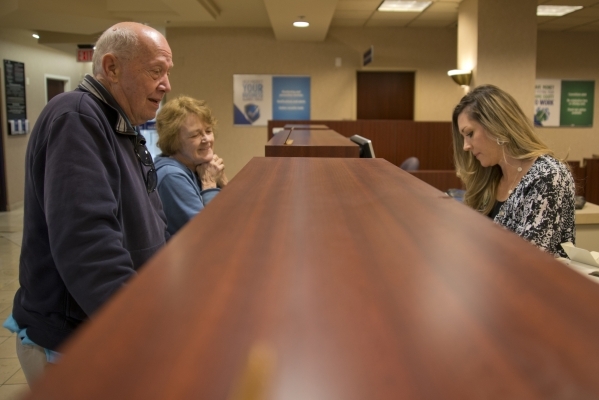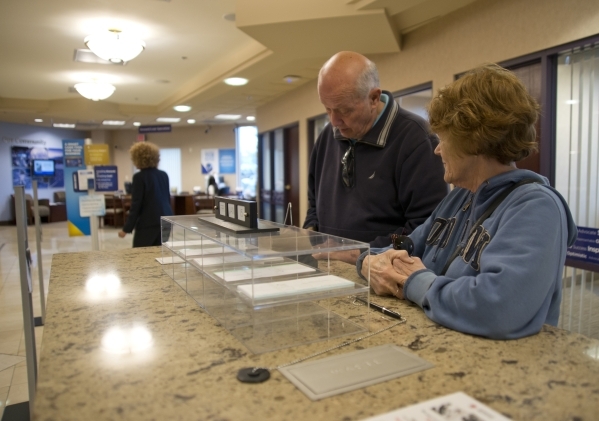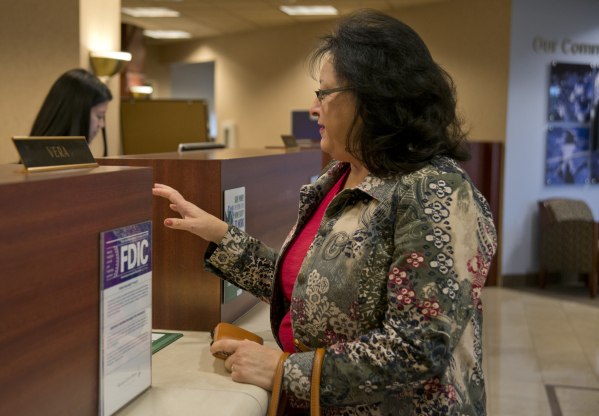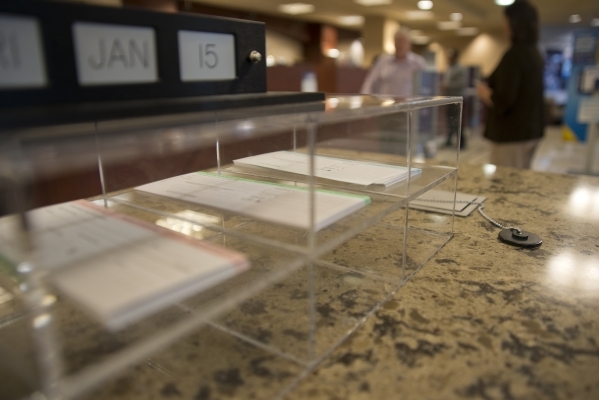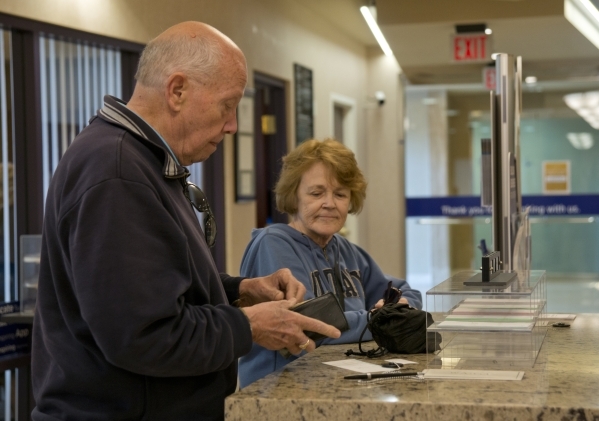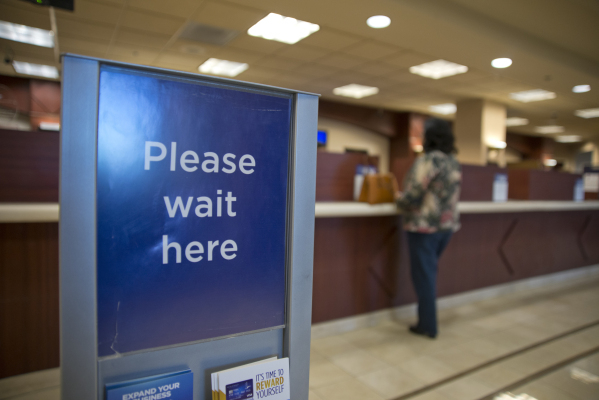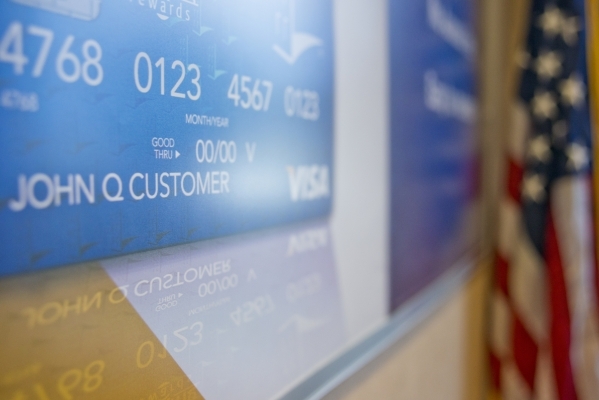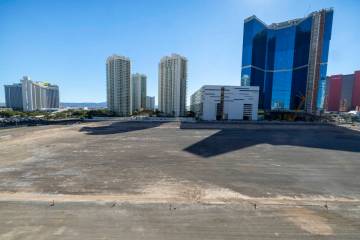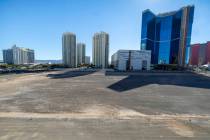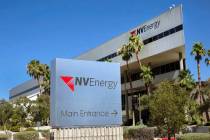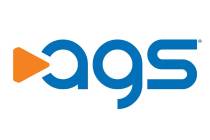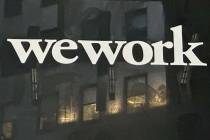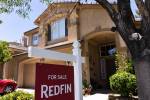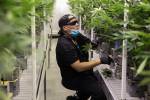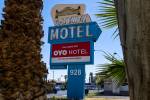Savers’ hope to better returns may be faint
Remember the aphorism, "A penny saved is a penny earned"?
That advice hasn't lived up to its meaning since the Great Recession for those with money in their CDs, savings accounts and money market accounts. It has many longing for the days when they received 5 percent and more on short-term CDs and savings accounts. In some cases, the rate of return varies little from stuffing money in a mattress.
Many are hoping that will change with the Federal Reserve's move in December to raise interest rates by 25 basis points for the first time in nearly a decade and the possibility of more rate hikes in 2016 and beyond.
Consumers haven't seen any benefits so far and aren't likely to anytime soon, said Greg McBride, senior vice president and chief financial analyst at Bankrate.com. JPMorgan Chase has raised its deposit rates but that's only for its institutional clients. National analysts said Bank of America and Wells Fargo are expected to follow that strategy for its largest clients.
"In the near-term there's not a whole lot going on," McBride said. "It's going to take a couple of rate hikes by the Fed before savers begin to see widespread improvement and even then the improvement will be very modest. If you sit back and wait for the improvement to land in your lap, that is a recipe for disappointment."
McBride said nationally, average people are receiving 0.1 percent in their savings or money market accounts and the largest savers getting 1.1 percent. For one-year CDs, the average is 0.25 percent and the top yields are 1.25 percent. For five-year CDs, the average yield is 0.9 percent and the top yield is 2.5 percent, McBride said.
"It's really decimated the interest income that retirees live on and it's been effectively a direct wealth transfer from savers into the pockets of borrowers," McBride said.
In Southern Nevada, savers are seeing similar rates with no expectations that there will be any hikes soon.
"We have not as yet increased our interest rates, and we're really going to look at the marketplace," said Craig Kirkland, executive vice president and director of retail banking at Nevada State Bank. "Locally, it's a supply and demand issue. There are a lot of deposits out there and the marketplace sets the interest rates for deposits. If the market remains flat, we are unlikely to increase. However, if we see some increases out there we're going to look at that to be competitive in the marketplace."
Nevada State Bank's savings rate is 0.01 percent and that contrasts to a rate of 0.25 percent it had in January 2009. Its one-year CD rate is 0.15 percent compared to the 4.74 percent in January 2007. A two-year CD is 0.25 percent and a five-year CD earns 0.50 percent. Money market accounts start at 0.10 percent.
Another 25 basis points?
If the Fed raises rates another 25 basis points, there will be significantly more pressure on banks to raise rates on deposits, Kirkland said.
The significant decline in the stock market since the beginning of the year, however, could put the brakes on for any Fed move to raise interest rates, analysts said.
"We look at the marketplace periodically, and we see what everyone is doing out there," Kirkland said. "There was a slower response when the Fed was lowering rates, and the rates we were paying depositors didn't drop as precipitously but they did come down. As rates go up, there tends to be a lag as well."
Brad Beal, president of One Nevada Credit Union, said his institution hasn't increased deposit and CD rates since the Fed hike, but it also hasn't raised what people pay for mortgages or car loans.
One Nevada's savings rate is 0.05 percent and the one-year CD rate is 0.20 percent. For customers who have more than $10,000, its 0.25 percent. In contrast, a 30-year fixed mortgage rate at One Nevada Credit Union is 3 and 7/8ths percent, while the best auto loan rate is 1.99 percent, Beal said.
"It's really sad for the folks who depend on interest on their deposits," Beal said. "It's unfortunate there are more depositors than our borrowers and as long as that condition continues, you will have low deposit rates. It is great for borrowers but not so great for savers."
Beal said it's impossible to predict what will happen with the Fed and how that in turn will play out with banks and credit unions.
That's unsettling for those who don't want to allocate too much of their funds in the stock market, especially with its volatility. They prefer to keep a portion of their funds in insured accounts that draw interest.
Kirkland said he hears from customers who lament not earning more interest on their cash. But they understand that they receive lower interest rates on auto loans, mortgages, credit cards and lines of credit.
"People typically have a larger mortgage than they do a CD," Kirkland said. "If you save on a mortgage that is three, four, five or 10 times what you have in savings, that's more meaningful."
McBride said cash investments will continue to underperform inflation for the foreseeable future and he doesn't see that landscape changing overnight. He said people should seek out the most competitive yields and suggested those come from online banks, community banks and credit unions.
"There are 6,800 banks in the country and an equal number of credit unions, and out of that number not everybody pays the same rate," McBride said. "Some will pay a higher rate to bring in deposits, and the consumer by seeking out those who are paying a higher rate (will) get additional returns without having to take any risk."
Taking a stake in stocks
Given the current interest rate environment, McBride said he sees people maintaining the same investment strategy as they have used over the past decade. That means a stake in the stock market without overdoing it, he said.
"You have to have a diversified portfolio and you can't have all your eggs in the basket of interest income on risk-free investment because they're not enough return there," said McBride, who added that people are leery of having too much in the stock market as well. "People's attitudes in the stock market have not changed. They're still very squeamish and memories of the financial crisis remain fresh."
What's happening in the stock market has some people, such as Henderson resident Jim Lesanto, wishing they had more money earning interest in CDs than sitting in a declining stock market. The 72-year-old Lesanto said he has about 70 percent of his funds in the stock market, and it's hard to watch on a daily basis.
"It's doing lousy and makes you ready to jump off the roof," Lesanto quipped. "If I could get a decent rate, I would have more in CDs."
Lesanto said he recalls decades ago of a saving account paying him more than 5 percent and the double-digit interest rates he earned on CDs in the 1970s and 1980s. He said he doesn't want those CD rates today because that came at the cost of high inflation at the time.
A six-month CD paid just under 18 percent in 1981. The most recent high was 10.4 percent in 1989. It was just under 7 percent in 2000.
Lesanto said he had to look around to find a valley bank that paid more than 0.25 percent for a one-year CD and found one in Dallas-based Beal Bank with a branch in Summerlin. It pays 1.11 percent, he said.
"In the last 10 to 12 years, we haven't gotten any interest at all," Lesanto said. "It's been terrible."
Rick Koretz, chief operating officer of Beal Bank USA's administrative affiliate Beal Nevada Service Corp., said the Las Vegas location has used advertising to attract local customers wanting CDs and plans to grow its share with a 1.21 yield on a 12-month CD being introduced this month.
'In the old days, you offered a toaster to attract new customers; now, you have to have a great rate," Koretz said. "We're confident this rate will further our goal of growing our share of Las Vegas depositors."
Kirkland said if the Fed raises rates again in a couple of months, there will be a lot of pressure to raise interest rates. It could still happen artificially as well.
"I think we will see an increase in rates sooner if other banks begin to pay out higher interest rates regardless of when the Fed increases its rates again," Kirkland said. "But we will see what happens with the Fed. They meet eight times a year and they look at what to do on rates based on the perception of how much the economy is heating up relative to unemployment and other factors. The marketplace continues to expect rates will continue to go up and it's just a matter of time before you see deposit rates increases."



